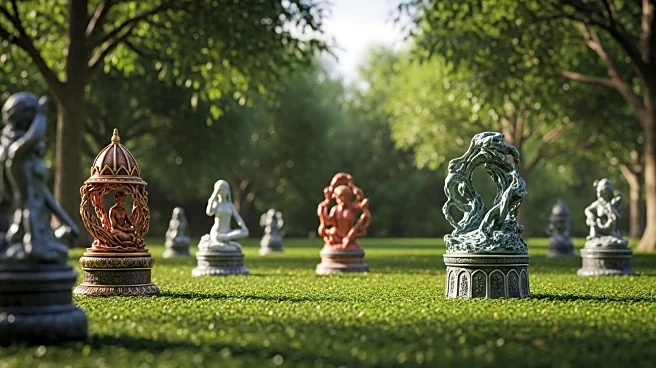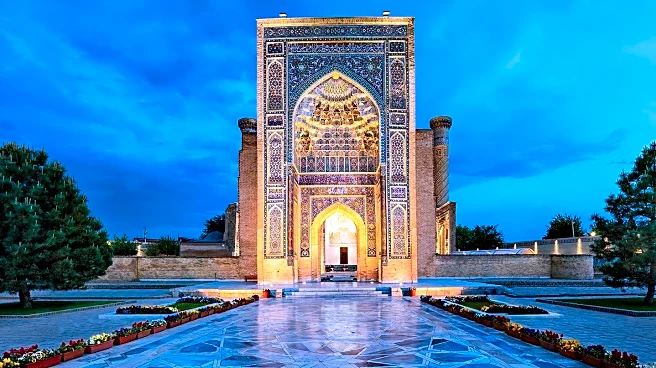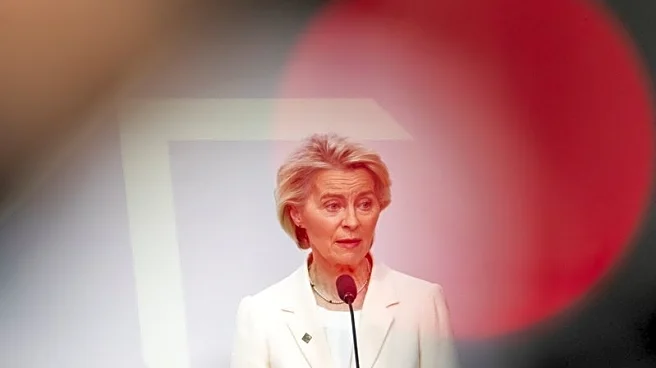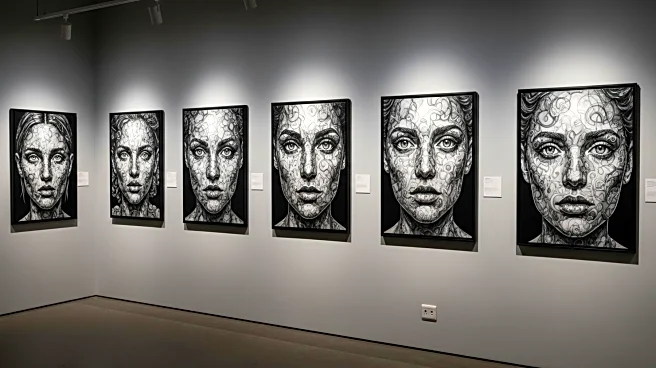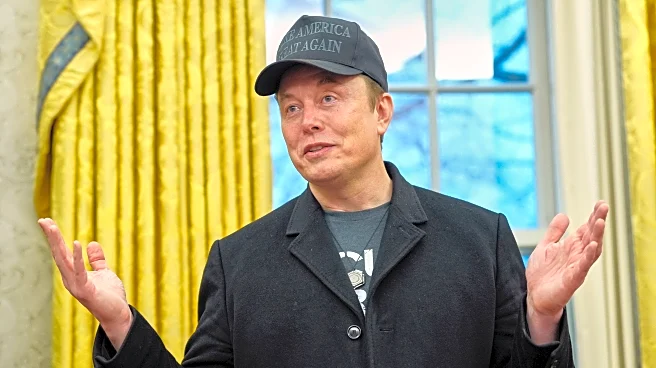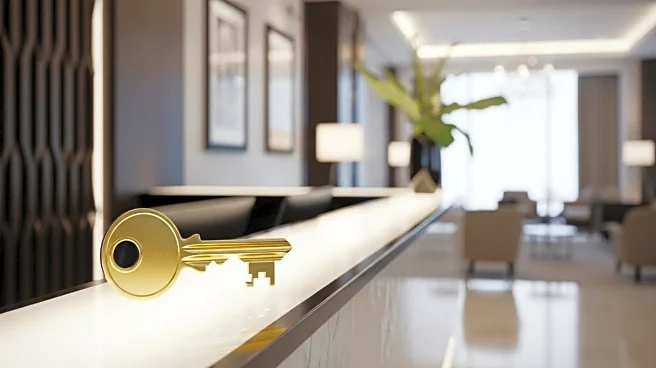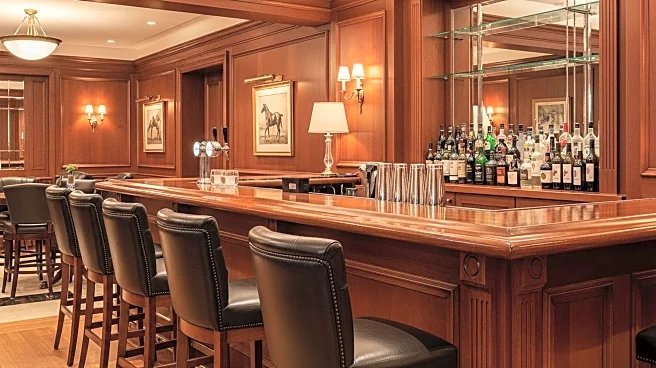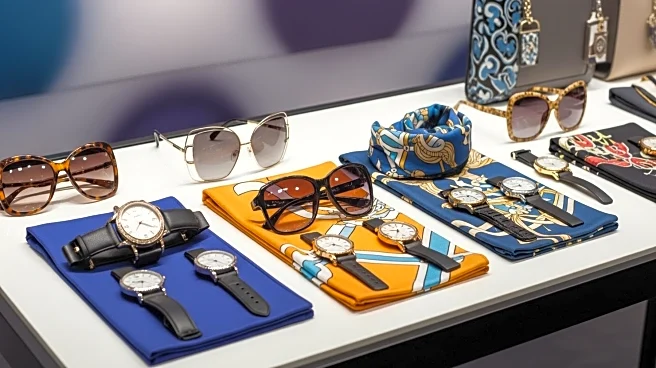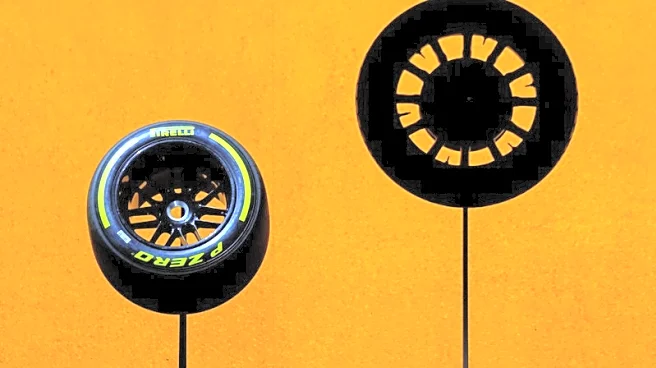What's Happening?
Mazzoleni Gallery, originally founded in Turin, Italy, in 1986, has opened a new location in Milan, marking its third space alongside its London gallery. The Milan gallery is situated in a historic building and aims to blend the grandeur of its architecture with an intimate art experience. The inaugural exhibition, 'Nero x Nero. Burri and Nunzio,' showcases the works of two significant Italian artists, Alberto Burri and Nunzio, highlighting cross-generational artistic innovations. The gallery's expansion comes at a time when many galleries are closing or reducing operations, signaling Mazzoleni's confidence in the growing prominence of Milan in the international art scene.
Why It's Important?
The opening of Mazzoleni's Milan gallery underscores the city's rising status as a global cultural capital. By establishing a presence in Milan, Mazzoleni strengthens its position in the art world and enhances its ability to serve artists and collectors. The gallery's location near the Quadrilatero della Moda, a hub of luxury boutiques and cultural venues, is expected to attract sophisticated international audiences. This expansion not only supports the gallery's mission to dissolve barriers between historical and contemporary art but also contributes to Milan's cultural tapestry, fostering dialogue between generations of artists.
What's Next?
Mazzoleni plans to deepen relationships with established artists while remaining open to new voices that align with its curatorial vision. The gallery is set to host a solo exhibition by Brazilian artist Iran do Espírito Santo at its Turin location in autumn 2025, coinciding with Artissima. This event is anticipated to further enhance Mazzoleni's reputation and influence in the art world. The Milan gallery will continue to curate exhibitions that honor the city's artistic heritage while maintaining the gallery's distinctive vision.
Beyond the Headlines
The expansion of Mazzoleni into Milan reflects broader trends in the art industry, where galleries are increasingly seeking to establish themselves in cities with vibrant cultural scenes. This move may inspire other galleries to consider similar expansions, potentially leading to a more interconnected global art community. Additionally, the gallery's focus on creating a dialogue between historical and contemporary art could influence curatorial practices and encourage a more inclusive approach to art exhibitions.

